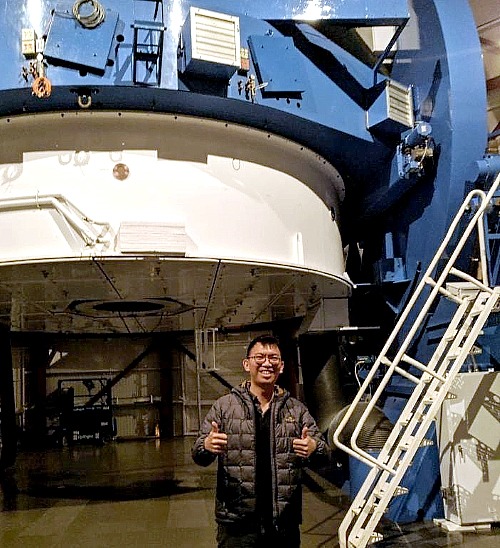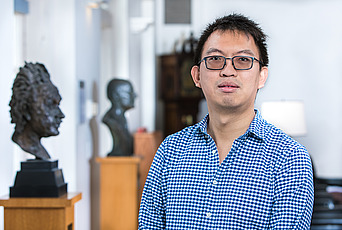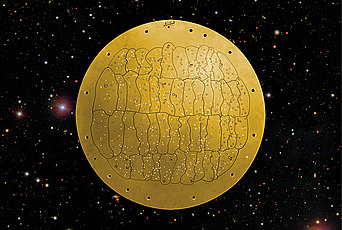
Malaysian Astronomer Inspires a New Generation to Reach for the Stars
Malaysian astronomer Yuan-Sen Ting, Member in the School of Natural Sciences, was recently featured in an interview with Sin Chew Daily, charting his growth from a curious neophyte to pathbreaking astronomer.
Ting now contributes a regular column to the paper, which reaches more than 1 million readers daily.
Keep up with Ting’s writing, starting with his first featured columns:
“One world, two skies: The bifurcation of the sky by technology” (July 2020)
“The Matrix, Plato and Dark Matter” (August 2020)
“Hollywood science fiction: Lost in space” (September 2020)
“Black holes and Souffles” (October 2020)
“Astrophysics and the coronavirus” (November 2020)
After receiving a Ph.D. in Astrophysics and Astronomy from Harvard University, Ting joined the Institute for Advanced Study’s School of Natural Sciences as a Member and is now a NASA Hubble Fellow.
His professional research now seeks to unravel the history of the Milky Way galaxy from its origins—some 13.8 billion years ago—by employing tools in theoretical modeling, observational astronomy, and machine learning.
Although Ting spends a good deal of his time quite literally gazing into the past, his impact will no doubt be felt across current and future generations. He and a group of fellow Malaysian astronomers had planned to hold the country’s first astronomy convention, though it was ultimately postponed due to the pandemic.

Despite this unfortunate turn of events, Ting is sure to have the last word. His passion for science education is clear, and he is undeterred in his mission to inspire young students and attract more Malaysians to astronomy. Examples of his work can be found on TED-Ed, which hosts two general education videos by Ting, explaining “How We Study the Stars” and “How We Measure Distance in Space.”
The questions Ting asks are strikingly similar to those of an archaeologist, yet the history he is concerned with is the history of the stars themselves. How do stars come together to form galaxies? Where are these stars formed? Are galaxies a homogenous mixture of stars or a melting pot of sorts?
Readers can explore these mysteries and more from the perspective of a galactic archaeologist whose work is both down to earth and out of this world.


